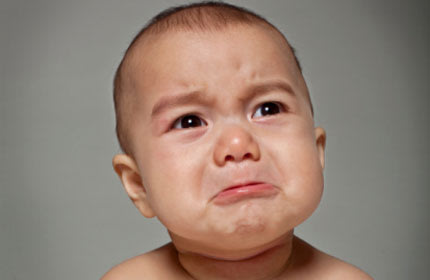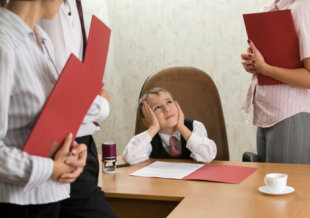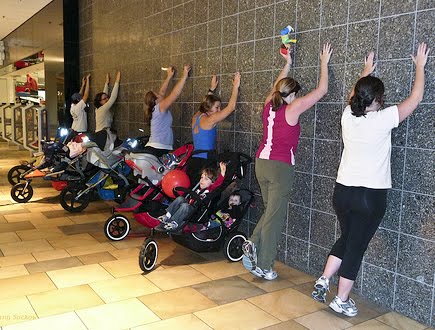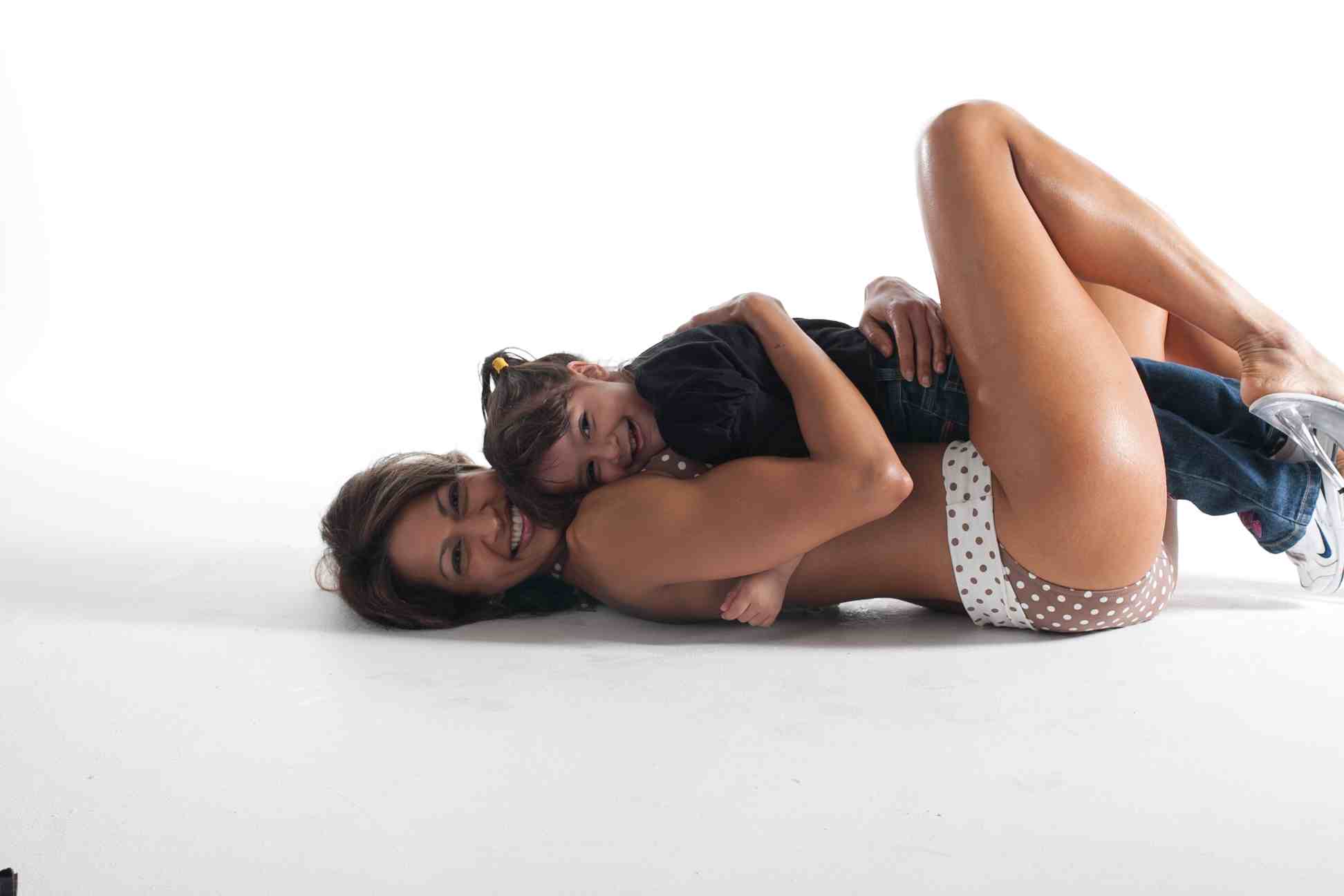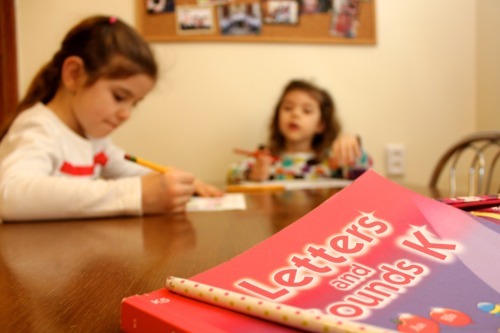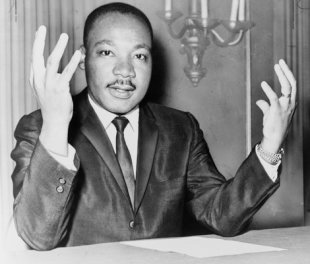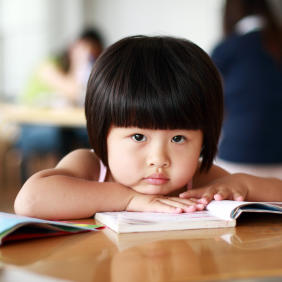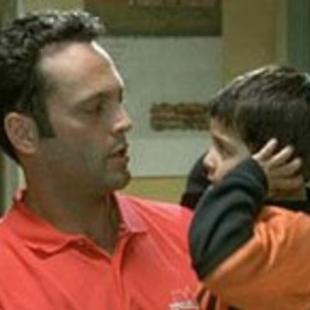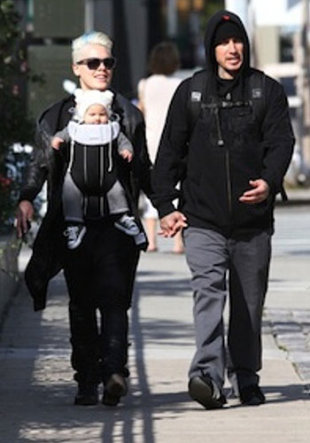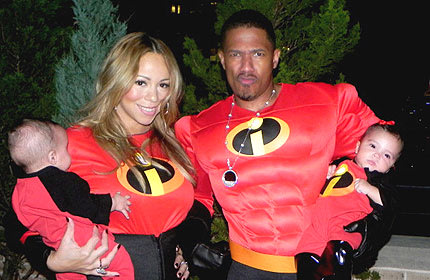By: Denise Schipani
Girls receive mixed messages all the time--on the one hand, they're told that they can do anything. At the same time, Barbie tells them that "math is hard!" They're encouraged to play sports, but then watch TV shows featuring girls who are more likely to gossip on the sidelines than be on the field.
"The good news is that most parents understand there are issues around raising girls, and they want to get it right," says Amy Sluss, family life specialist and founder of Fabulous to Be Female, an organization that works toward empowering girls. So what can you do? The first step, she says, is not to let those images of sexy, catty young girls go by without comment. But there's much more to keep in mind when it comes to raising a motivated, independent girl-read on for eight important ways to raise a strong woman.
Compliment all of her good qualities-not just her looks Of course your little girl is cute as can be, and getting prettier every day. And chances are she takes pride in hearing that she's adorable. "We all like knowing we look good," says Sluss, "so you don't have to stop telling your daughter that she's pretty." Instead, the idea here is to compliment her on other things also. "When you see her taking great joy in something, mention it," says Sluss. Try: "I love that huge smile! You look so happy on the swings!" This sends the message that a big part of her beauty is the happiness she projects. Also applaud her abilities and accomplishments, like spelling, drawing, being a good friend or helping her little brother, too. Pepper in praise for all the things that make her a whole, authentic person, not just one part that's great about her.
Expose your daughter to sports and other activities Offer your child a chance to try everything from ballet to swimming to music to art. "Girls who find what they like early are more likely to stick with it and cultivate long-lasting and confidence-boosting friendships," says Mramor. Sports are especially helpful to girls. "Athletics encourage body awareness, so girls grow up knowing what feels good and what doesn't," says Mramor. "They also learn how they can change their bodies through exercise and get better at sports through practice, which leads to self-assurance," says Sluss. So it's well worth it to get your daughter involved in a variety of activities when she's young.
Teach her about puberty before it happens You don't need to have a full-on birds-and-bees conversation with your daughter at age six (though if she asks questions, answer them honestly and in an age-appropriate fashion), but the more you talk about the ways the female body changes over time, the more you normalize the experience for her, giving her a healthier body image and setting the stage for comfortable sex and dating chats later on. When it comes to talking about sex, try to keep your own discomfort about discussing the subject out of the equation, says Mramor. "Project confidence, but if you are uncomfortable, be honest. Tell her, 'I used to not want to talk about this because it felt icky, but you don't have to feel that way.'" Books about puberty are a huge help, both for you to share with her and for her to look at on her own.
Explain the difference between fantasy and reality Have you ever wondered what impact those princess costumes and fairy tale movies have on your daughter? While it's perfectly normal for young girls to like these stories-many of which include a knight on a white horse riding in to save the princess-add some real-world perspective to these tales. Ask your child: "What do you think happens to Cinderella after she gets married? What will Ariel be doing in five years?" These talks will go a long way toward helping your daughter put fantasy in its place and realize that she doesn't have to depend on a man to "rescue" her. But don't ban the sparkles and fairy wands altogether. "Taking away what kids want most only makes it more attractive," says Sluss. Instead, use it as yet another chance to separate fact from fiction, adds Mramor. "Point out that Cinderella is great fun, but it's not real; what's real is school, her family, her friends and her activities."
Focus on being healthy-not being slim Moms with a negative body image are more likely than those who are happy with their appearance to have daughters who don't like their bodies, according to a recent Western Oregon University study. So avoid commenting on your own unhappiness with your size, advises child psychologist Nancy Mramor, Ph.D. Instead, be a healthy-eating and exercise role model and fill your home mostly with nutritious foods, without turning any particular food into the enemy. "Make it clear that no foods are off-limits, but some foods make up the mainstay of a healthy diet," says Mramor. Plus, be active as a family--bike to errands and take walks after dinner. And if your little girl says something like, "I'm so fat" or "Do these jeans make my butt look big?" respond simply with, "Well, I think you look beautiful," says Sluss. Explain that the real world is full of girls and women of all sizes and shapes, and that what we see on TV or in magazines isn't reality.
Don't forget male influences It's not entirely up to you to raise a confident young girl. When girls have a close relationship with their father, it can help promote successful relationships as adults, says Mramor. Fathers naturally pay a different kind of attention to their daughters, she adds, such as engaging in more physical activities together. Ask your child's father (or, if there's no father in the picture, another trusted man in your daughter's life, such as your father, brother or a good friend) to take her along on an errand, or do chores with her, like raking leaves or fixing the car. "Men are more likely to talk with children while doing other activities, rather than have face-to-face chats," says Mramor. Remember, too, that daughters are watching how their fathers treat the women in their lives, from his mother to his work colleagues. "This is how your child starts understanding how men and women relate to each other," says Sluss.
Point out female role models You may have already called attention to professional soccer goalie Hope Solo's great saves, or told your daughter about political figures like Hillary Clinton or historic heroines like Ruby Bridges. While you're discussing these famous females to show your girl that she can be or do anything, don't forget the women right around you. Mention heroic women by saying things like, "isn't it great how Aunt Jennie is getting her master's degree now that her kids are in school? How cool is your old babysitter, who just got a basketball scholarship to college?" Take any chance you can to tell your daughter that women can be much, much more than thin or pretty.
Don't dismiss sexism when you see itSexist comments and situations are all around us, and should be pointed out to younger girls who may not be able to tell the difference between jokes and reality. If, for example, a TV show is parodying a sexist situation, "your daughter may be too young to understand that it's just for laughs," says Sluss. Take time to explain what she saw. And be sure not to let real-life examples of sexism go unexplained. Put a positive spin on them, says Sluss. If someone in her class tells her, "you can't be president because girls can't be president," you can say, "he shouldn't have said that, because women can be president--it just hasn't happened yet."
